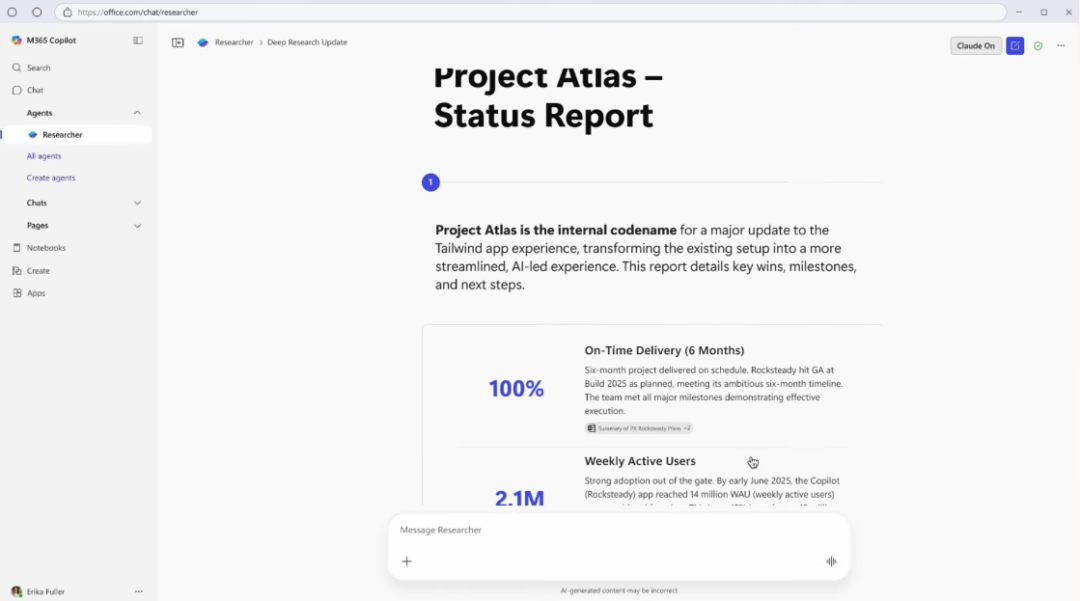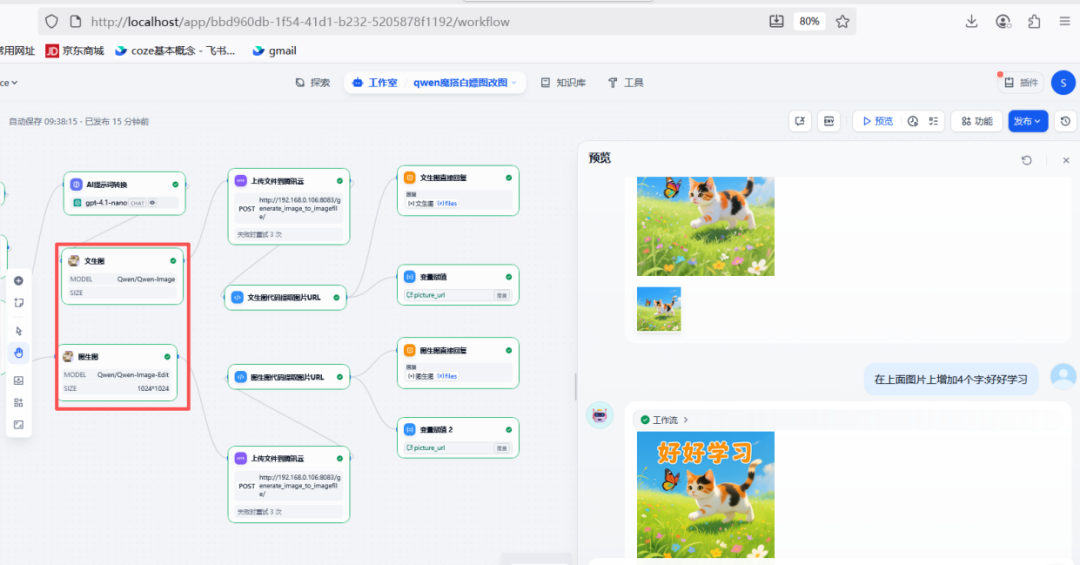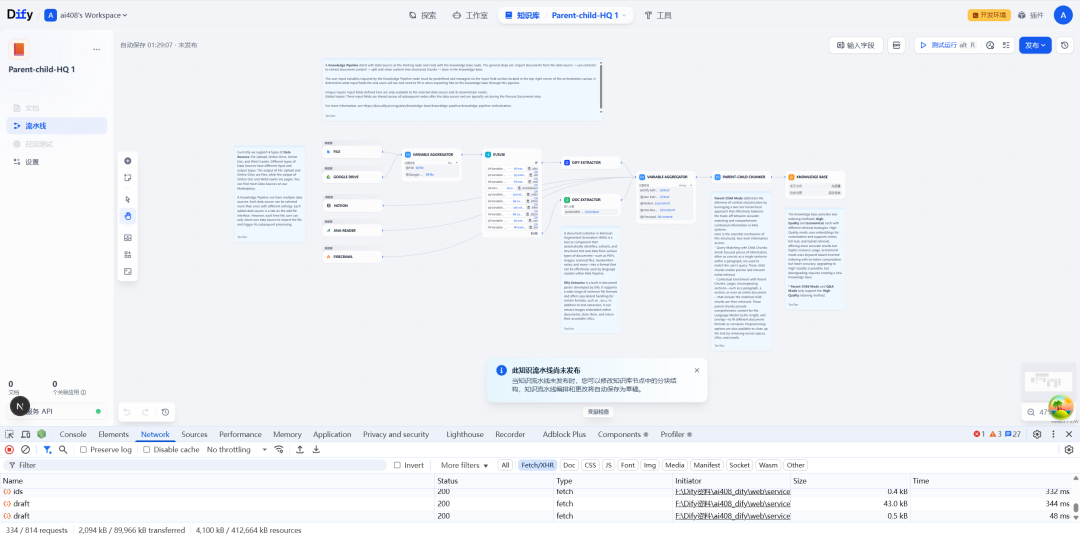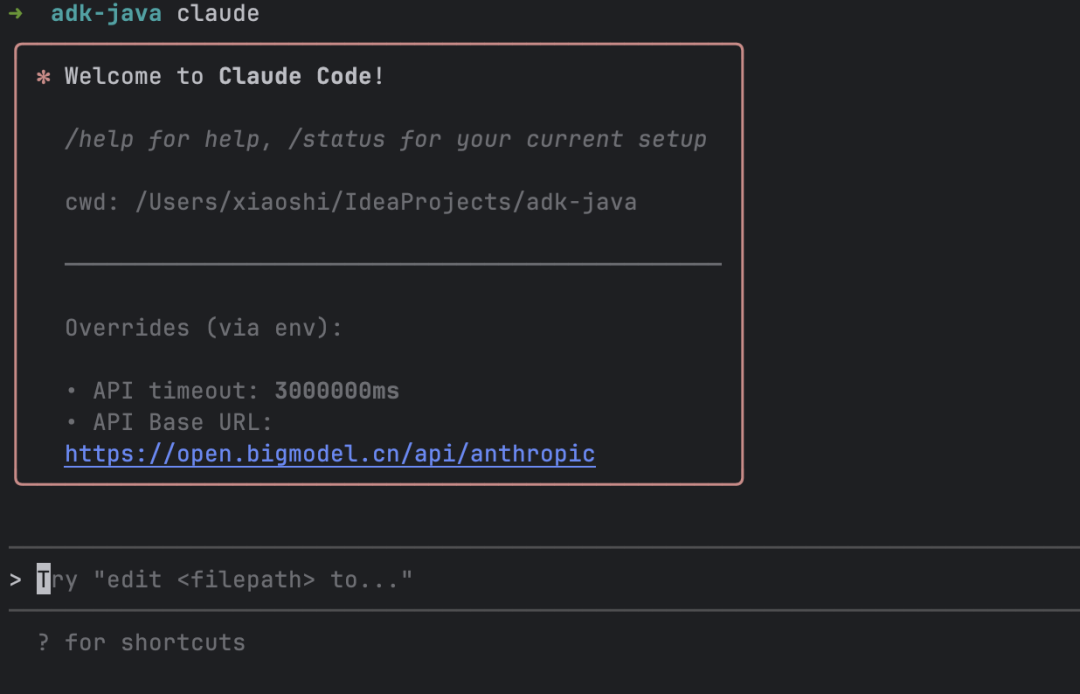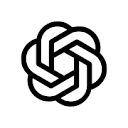Claudia's Checkpoint feature provides important experimental security for AI development:
How it works:
- Developers can manually create checkpoints when the code is running at critical stages
- The system keeps a complete record of the current project status, data and configurations
- Support for creating multiple checkpoints in multiple locations
- Any checkpoint can be selected for recovery when needed
Primary value:
- risk control: preserving the steady state before attempting destructive modifications
- experimental efficiency: can quickly switch between different experimental paths
- bug fix: Rollback to a previous working version when problems occur
- Learning Assistance: Facilitate comparison of differences in results for different parameters
Operational Processes:
- Click the 'Save Checkpoint' button in the session
- Add descriptive notes for identification
- Select the target Checkpoint from the list when rolling back
- After confirmation, the system will revert to the selected state
This feature makes up for the lack of version control native to Claude Code, and is particularly suitable for AI development scenarios that require frequent experimentation.
This answer comes from the articleClaudia: GUI tool for managing Claude CodeThe



















